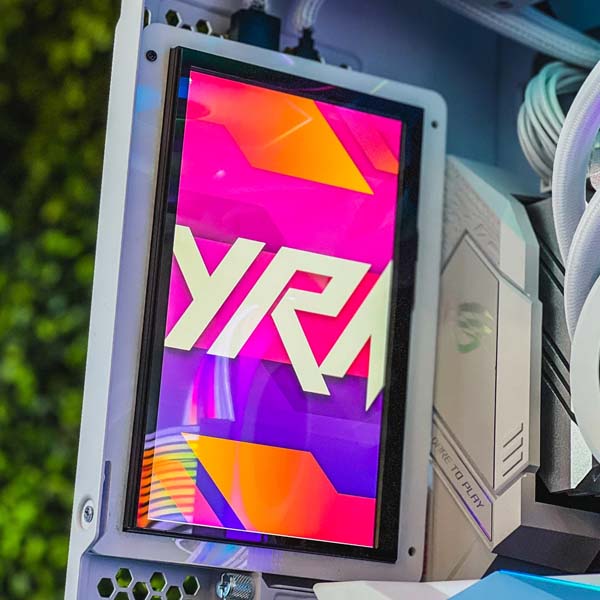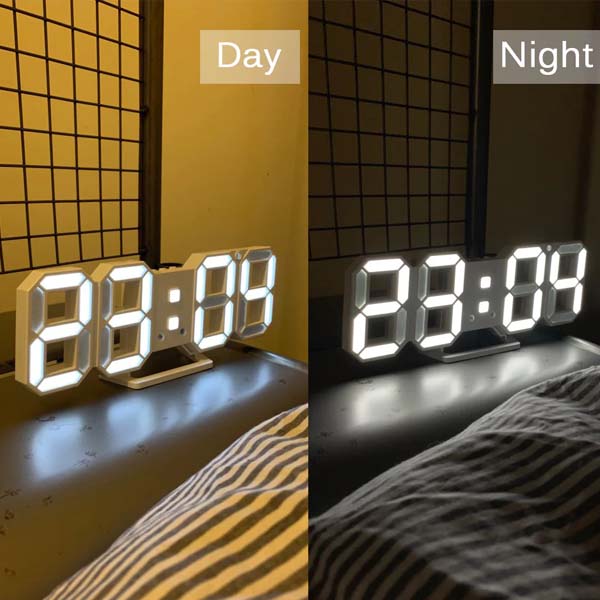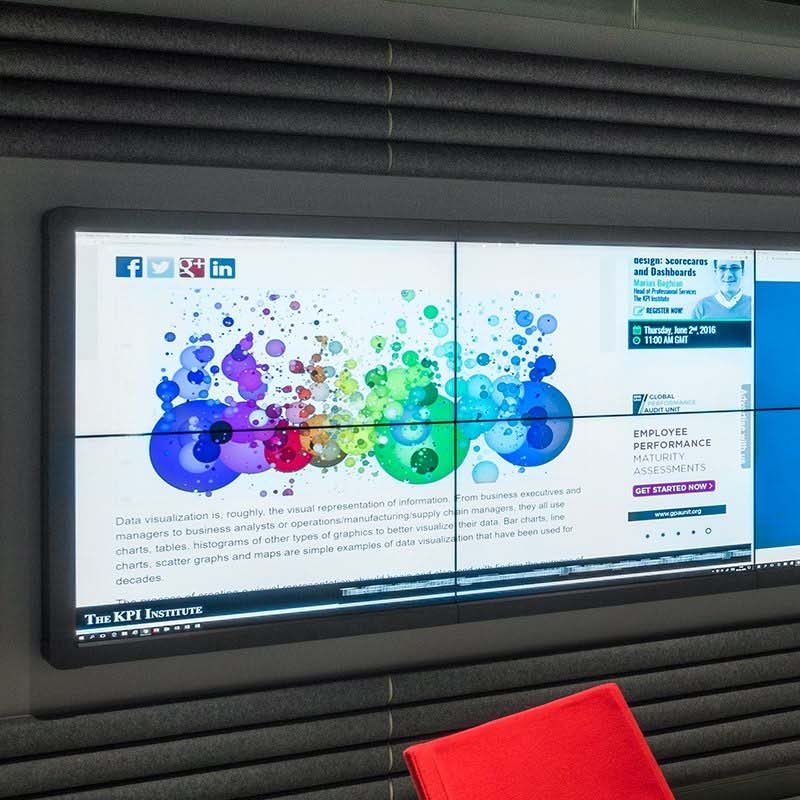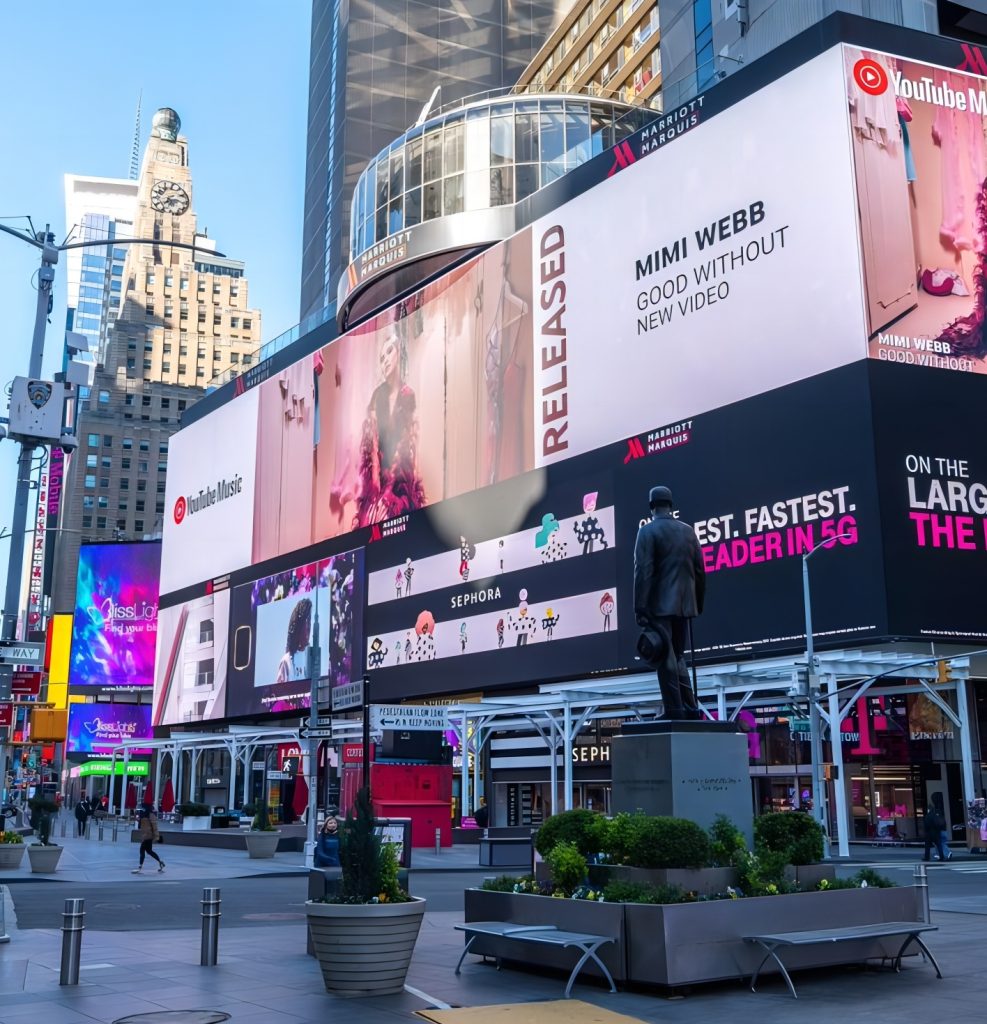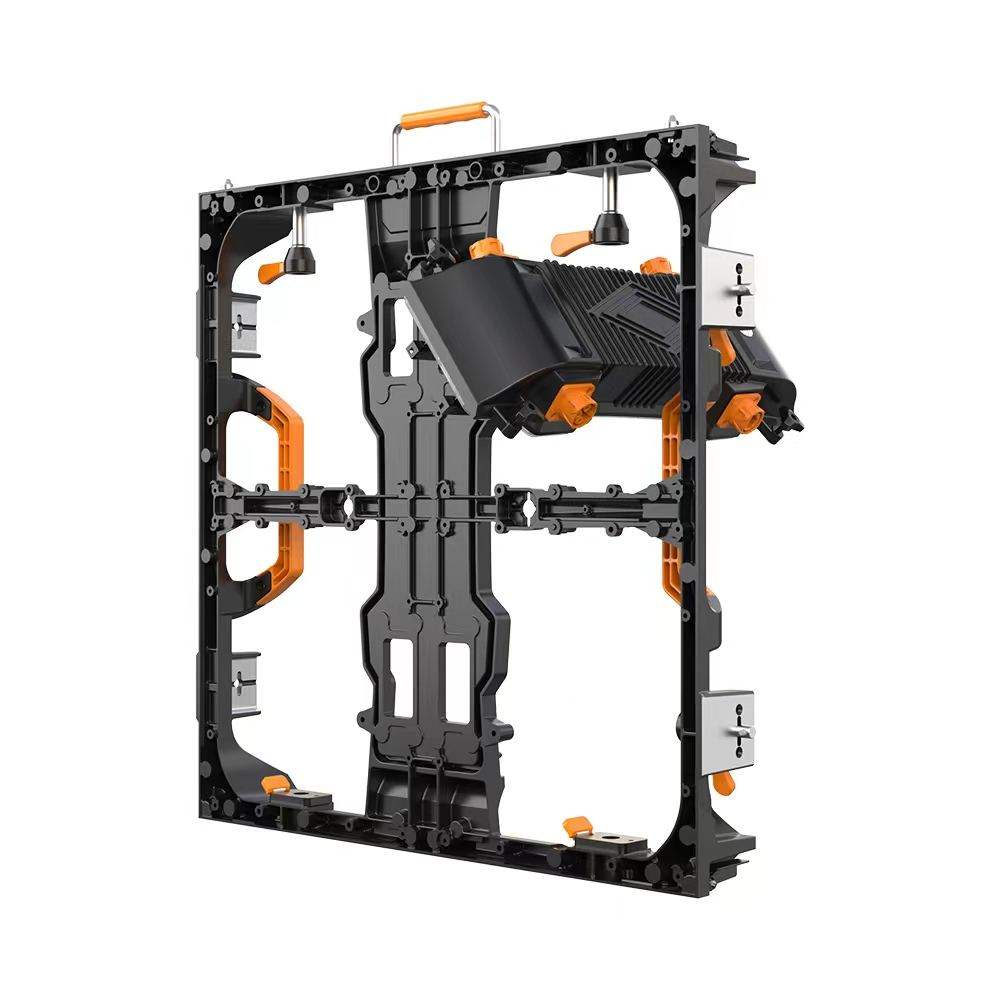Holographic transparent LED displays blur the line between physical and digital, offering limitless possibilities for engagement. As the technology matures, expect even thinner panels, richer interactivity, and broader adoption across industries.
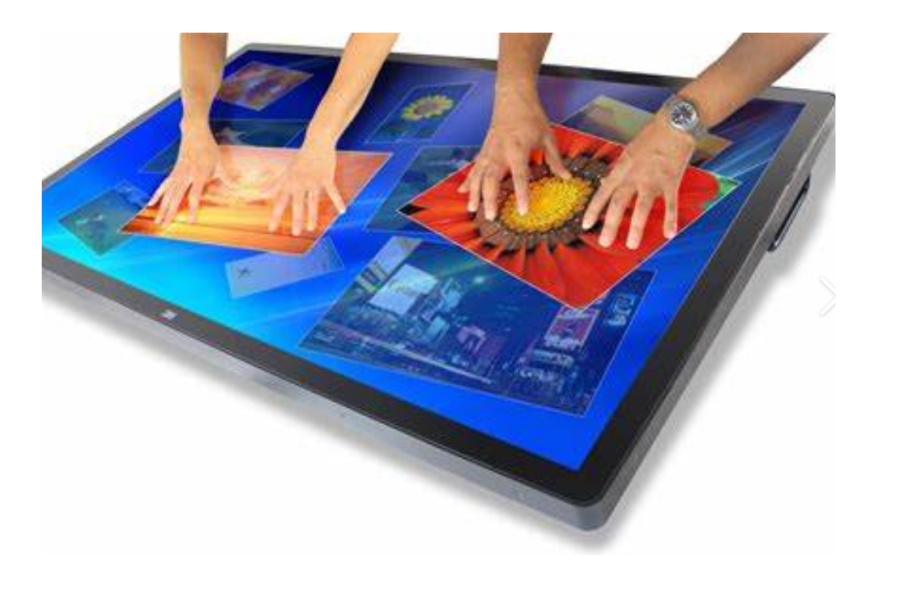
What is a Holographic Transparent LED Display?
The holographic transparent LED display is a new – type display device that combines LED display technology with the principle of holographic imaging. Its core structure consists of a transparent substrate, an LED lamp – bead array, a drive circuit, and a control system. The transparent substrate is made of special optical materials, which not only ensures light transmittance but also provides support for the LED lamp beads. High – density LED lamp beads are embedded on the substrate in a special arrangement. Through precise control by the drive circuit, dynamic display of images is achieved. This display uses the principle of visual persistence of the human eye, combined with light refraction and reflection at specific angles, to create a 3D holographic image effect that appears to float in the air, and can be viewed without the need to wear special glasses.
Core Advantages of Holographic Transparent LED Displays
Immersive Visual Experience
Unique Transparent Display: Different from the solid black screen of traditional displays, the light transmittance of the holographic transparent LED display can reach 40% – 80%. When displaying images, it seems that the images are floating in the air, naturally integrating with the real scene behind, bringing a highly impactful naked – eye 3D visual effect and greatly enhancing the audience’s sense of immersion.
Multi – angle Viewing: It supports ultra – wide – angle viewing of over 160°. Whether from the front or the side, the audience can clearly see a complete and undistorted image, effectively expanding the audience coverage.
Space and Energy – consumption Advantages
Space – saving: Due to its transparent characteristics, it can be directly installed on existing media such as storefront windows and glass curtain walls without taking up additional space, especially suitable for commercial places with limited space. At the same time, its thin and light design (usually about 10 – 20mm thick) facilitates installation and disassembly.
Low – energy – consumption and Environment – friendly: It uses high – efficiency and energy – saving LED lamp beads, reducing energy consumption by 30% – 50% compared to traditional displays. It conforms to the concept of environmental protection and can significantly reduce operating costs in the long – term.
Flexible Content Customization
Diverse Material Support: It is compatible with various formats of content such as videos, animations, and pictures. Through professional video – processing software and control systems, the display images can be edited and adjusted in real – time to meet the personalized needs of different scenarios.
Interactive Function Expansion: Combined with sensors, somatosensory devices, etc., it can achieve functions such as touch interaction and gesture control, allowing the audience to interact with holographic images and enhancing the fun and participation of the experience.
Application Scenarios of Holographic Transparent LED Displays
Commercial Retail Sector
Window Display: Applied in brand storefront windows, it can display new products, promotional information, or brand stories through holographic images, attracting the attention of passers – by and increasing the store’s foot – traffic. For example, a fashion brand can display dynamic virtual model catwalks, and a jewelry store can present floating exquisite jewelry.
Product Display: Used for the display of high – end products, presenting products in a holographic form to highlight product details and features, enhancing the display effect and attractiveness of products, and helping consumers understand products more intuitively.
Culture and Entertainment Industry
Stage Performances: In stage performances such as concerts, music festivals, and dramas, it can create a dream – like stage effect. For example, presenting virtual singers performing on the same stage and fantastic scene changes, bringing a shocking audio – visual feast to the audience.
Theme Parks and Exhibition Halls: In theme parks, it can create holographic interactive experience projects such as holographic mazes and virtual character interactions. In exhibition halls, it is used for the holographic restoration display of cultural relics and artworks, allowing visitors to experience cultural charm in a new way.
Corporate Offices and Displays
Corporate Exhibition Halls: Used in corporate exhibition halls to display corporate products, technological achievements, development history, etc. The holographic image form enhances the technological sense and attractiveness of the display, improving the corporate image.
Meetings and Trainings: In meeting and training scenarios, it can display PPTs, data charts, 3D models, etc. through holographic projection, making the explanations more vivid and intuitive and improving communication efficiency.
Precautions for Using Holographic Transparent LED Displays
Installation Environment Requirements
Lighting Conditions: Avoid direct strong light shining on the display to prevent light interference from affecting the display effect. It is recommended to install it indoors or in a place with light – shading measures to ensure that the ambient light is uniform and soft.
Temperature and Humidity Control: The operating temperature is generally between – 10°C – 40°C, and the relative humidity is maintained at 10% – 90% (without condensation). High – temperature and high – humidity environments may affect the lifespan of LED lamp beads and display performance. Good ventilation and temperature – control equipment should be equipped.
Key Points of Daily Maintenance
Regular Cleaning: Gently wipe the surface of the display with a soft dust – free cloth to remove dust and stains. Avoid using corrosive cleaning agents. Pay attention to the force during cleaning to prevent damage to the transparent substrate and LED lamp beads.
Circuit Inspection: Regularly check components such as the drive circuit and connecting wires to ensure stable circuit connections without looseness or aging. Repair or replace any abnormalities in a timely manner to prevent circuit failures from affecting the normal operation of the display.
Suggestions for Standardized Operation
Professional Training: Operators need to undergo professional training to be familiar with the operation process of the display and the use method of the control system to avoid equipment damage or abnormal display caused by incorrect operations.
Power – off Protection: When not using the display, turn off the device power in the correct order to avoid sudden power – off from damaging the LED lamp beads and drive circuit. At the same time, it is recommended to equip with a UPS uninterruptible power supply to prevent unexpected power outages.
Key Factors for Selecting Holographic Transparent LED Displays
Display Performance Indicators
Transparency and Brightness: Select an appropriate light transmittance according to the actual application scenario. For commercial window displays, a light transmittance of over 60% is recommended. The brightness should reach 1500 – 3000 cd/㎡ to ensure clear visibility of the image under different ambient light conditions.
Pixel Density: The pixel density (P – value) determines the clarity of the image. The smaller the value, the higher the pixel density. For close – range viewing scenarios, it is recommended to choose a high – density display with P2.5 or less to ensure a delicate and grain – free image.
Hardware and Technical Parameters
Drive Chip: Use high – quality drive chips such as MBI5153 and ICN2038 to ensure the stable drive of LED lamp beads and the image refresh rate, avoiding flickering and ghosting phenomena.
Protection Level: If applied in outdoor or humid environments, choose products with a protection level of IP65 or above, which have dust – proof and waterproof properties to ensure the long – term stable operation of the device.
Software and Service Support
Control System: The supporting control system should be easy to operate and powerful, supporting functions such as remote control, real – time content update, and image splicing, facilitating user management and maintenance.
After – sales Service: Choose a brand with a complete after – sales service system, including a warranty period (recommended 2 – 3 years), rapid – response repair service, and free technical training, to ensure that problems with the device can be solved in a timely manner.
Suppliers of Holographic Transparent LED Displays
As a leading provider of intelligent display solutions in the industry, KSSDISPLAY has focused on the research and development and production of commercial interactive displays for more than ten years. Relying on its independently developed interactive algorithms, 4K ultra – high – definition display technology, and intelligent management system, it has launched a full range of commercial interactive products, including touch – all – in – one machines, intelligent advertising machines, and AR interactive screens. The products have passed strict ISO 9001 quality certification and 3C certification and have successfully served over 3000 enterprises worldwide, including well – known brands such as Walmart, Huawei, and China Merchants Bank. It provides customized interactive display solutions for industries such as retail, finance, and exhibitions. From demand analysis, solution design to installation and operation and maintenance, KSSDISPLAY provides one – stop full – process services. With excellent product performance and considerate after – sales service, it helps enterprises achieve digital interaction upgrades.

